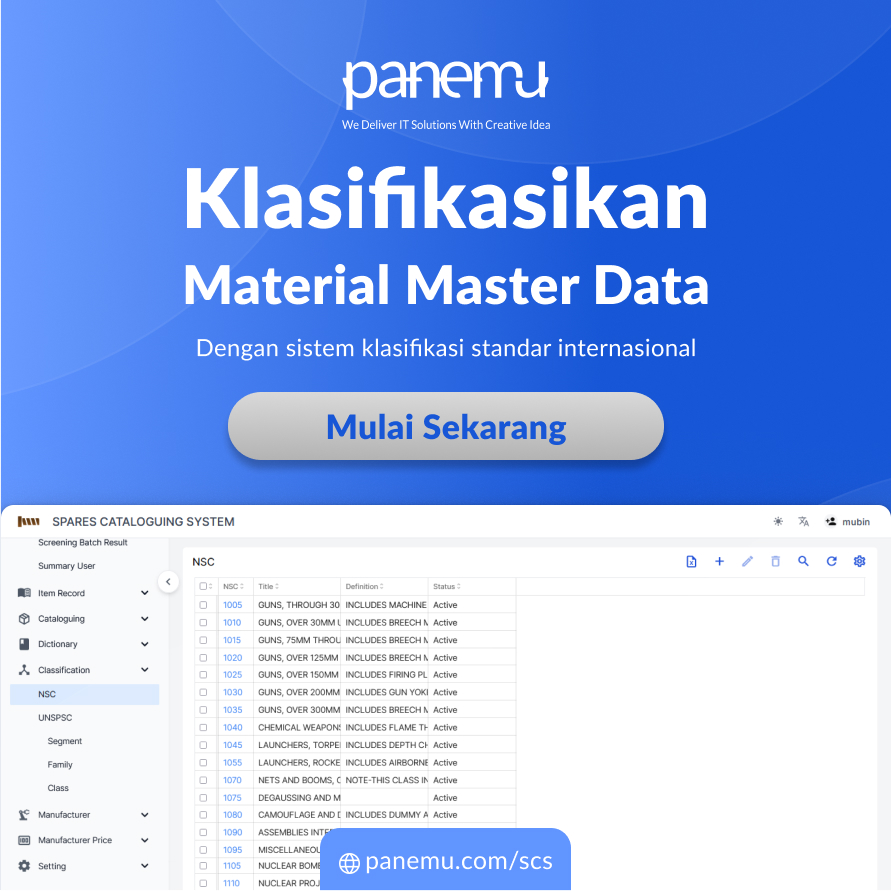In the increasingly competitive world of e-commerce, managing reviews and feedback from customers has become a necessity. This data is not just information, but also a valuable asset that can be converted into insights for strategic decision making. In this article, we will discuss the steps for managing reviews and feedback from customers into big data and how this data can be used to form useful predictive analytics.
1. Why are Reviews and Feedback Important for Business?
a. Improve Customer Satisfaction
Reviews and feedback from customers can provide deep insight into what customers like and don't like. By understanding customer needs and wants, businesses can make the necessary adjustments to increase customer satisfaction.
b. Building a Business Reputation
Positive reviews can improve your business reputation, while negative reviews provide an opportunity for improvement. Responding well to reviews shows that your business cares about customers.
c. Information Sources for Innovation
Customer feedback often contains brilliant ideas that can become the basis for new product or service innovations. Listening to customers can help businesses stay relevant and competitive.
2. Data Collection: The First Step in Managing Reviews and Feedback
a. Source of Reviews and Feedback
There are various sources for collecting reviews and feedback, including e-commerce websites, social media, email, and surveys. Using these different sources ensures that you get a comprehensive picture of what customers think.
b. Data Collection Automation
To collect data efficiently, use tools or software that can automate this process. APIs from platforms like Google Reviews or scraping tools like Beautiful Soup and Scrapy can be very helpful.
c. Data Storage and Management
Once the data is collected, the next step is to store it properly. Use a database like NoSQL for unstructured data or SQL for structured data. You can also consider using a data warehouse to manage big data.
3. Processing Data: From Raw Text to Useful Information
a. ETL (Extract, Transform, Load)
The ETL process is an important step to clean and transform data into a format that can be analyzed. Clean, structured data is easier to analyze and provides more accurate results.
b. Natural Language Processing (NLP)
NLP is a technique used to understand and extract information from text. With NLP, we can extract keywords, word frequencies, and main topics from reviews and feedback.
c. Sentiment Analysis
Use tools or algorithms to analyze the sentiment of reviews and feedback. Sentiment analysis can help you understand whether customers feel positive, negative, or neutral about your product or service.
4. Build Predictive Analytics from Review and Feedback Data
a. Machine Learning Models
To build predictive analytics, use machine learning models such as regression, decision trees, random forests, and neural networks. Choose the model that best suits your needs and the data you have.
b. Feature Engineering
Feature engineering is the process of identifying and creating features from data that are most relevant for predictive models. Good features can improve model accuracy.
c. Training and Testing Models
Train the model with historical data and perform testing to ensure accuracy. A good model must be able to provide accurate predictions based on existing data.
5. Implementation and Monitoring of Predictive Analytics
a. Deployment
Once the predictive model is ready, the next step is implementation. Implement models into systems for real-time use or batch processing according to business needs.
b. Monitoring
Monitor model performance regularly and update with the latest data to ensure accurate predictions. Good monitoring ensures the model remains relevant and useful.
6. Visualization and Reporting: Delivering Insights to Stakeholders
a. Interactive Dashboard
Create interactive dashboards using tools such as Tableau, Power BI, or custom solutions to visualize analysis results. A good dashboard makes it easier for stakeholders to understand data and insights quickly.
b. Reporting
Create regular reports for stakeholders with insights and recommendations based on predictive analytics. This report can be the basis for strategic decision making.
7. Examples of Implementation in the Real World
a. Amazon
Amazon uses customer reviews and feedback to recommend products, optimize stock, and improve the shopping experience. Their recommendation system is a perfect example of predictive analytics based on customer data.
b. Netflix
Netflix collects data from user reviews and feedback to recommend movies and series that users might like. Their predictive models help keep customers engaged and satisfied.
8. Challenges and Solutions in Managing Big Data from Reviews and Feedback
a. Technical Challenges
Managing big data requires a strong infrastructure. Investment in technology and skilled human resources is essential to overcome these challenges.
b. Data Security
Customer data must be managed very carefully to protect privacy and security. Make sure that the data encrypted and access is limited to authorized parties only.
c. Data Consistency
Data coming from various sources is often inconsistent. Rigorous ETL processes and data validation can help ensure data consistency.
9. The Future of Predictive Analytics in E-commerce
a. AI and ML integration
In the future, the integration of artificial intelligence (AI) and machine learning (ML) in predictive analytics will become deeper. This technology will make predictions increasingly accurate and help businesses understand customers better.
b. Personalization
Personalization is key in e-commerce. With predictive analytics, businesses can provide a highly personalized shopping experience to each customer.
c. Real-time Analytics
Real-time analytics will become the standard in the e-commerce industry. The ability to analyze data in real-time and make quick decisions will be a competitive advantage.
Managing reviews and feedback from customers into big data and forming predictive analytics is an important step in optimizing an e-commerce business. By using the right techniques and tools, this data can provide valuable insights that help businesses grow and develop. From data collection to visualization of analysis results, every step must be carried out carefully to ensure success. Hopefully this guide can help you manage customer reviews and feedback more effectively and form strong predictive analytics.



